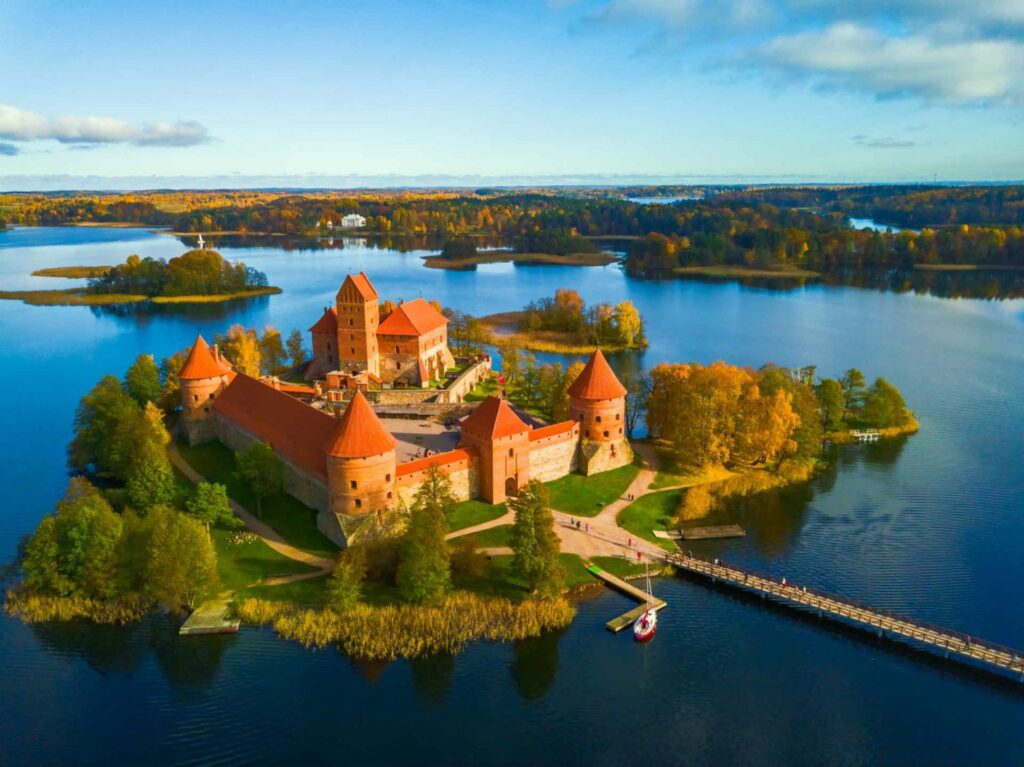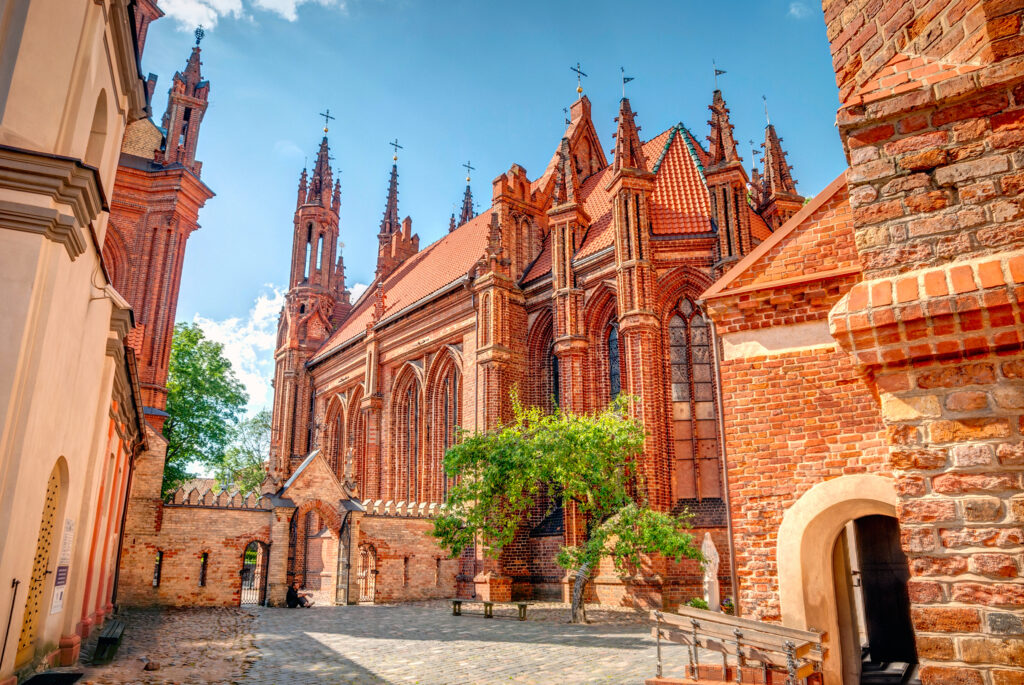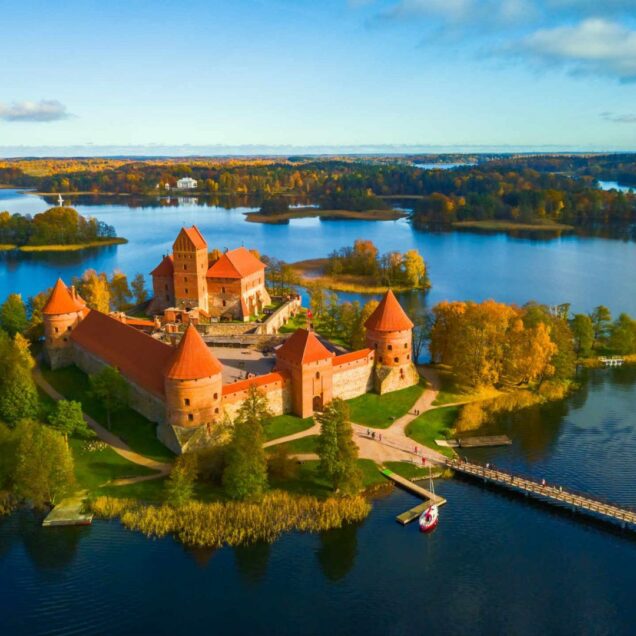

Located on the eastern shore of the Baltic Sea in north eastern Europe, Lithuania is the largest of the Baltic States. Join a Lithuania adventure tour to explore its remarkable heritage of baroque, gothic, neoclassical and renaissance architecture which is excellently represented in churches, monasteries, palaces and mansions. With a long pagan history and a distinctive language, Lithuania has a strong independent streak despite its larger and more powerful neighbours and was the last country to adopt Christianity in Europe in 1387 and the first to declare independence from the USSR in 1990.


Visit Vilnius, the capital city, often referred to as the city of Baroque due to its abundance of medieval-style buildings. UNESCO has recognised the old city of Vilnius as one of the biggest historical and architectural complexes in Eastern Europe. Vilnius itself is easy to explore on foot, with numerous little courtyards and tiny cobble-stoned back streets. Relax and take the weight off your feet on your travels at one of the many great outdoor cafes.
There is so much to see and explore. We love The Cathedral-Basilica of St. Stanislaus and St. Ladislaus, Dawn Gate. From there, head to the Gediminas Castle and Museum, and St. Anne’s Church.
Lithuanians, along with Latvians and ancient Prussians, are descendants of the Balts, an Indo-European ethnic group that settled on the Baltic coast 4,000 years ago.
The name Lithuania dates back to 1009 AD. Grand Duke Mindaugas is recognised as the founder of Lithuania, a territory which included Minsk and later stretched as far as the Black Sea.
Lithuania was able to withstand the advance of the Teutonic Knights, merging with Poland in 1569 to create the Joint Republic of the Polish Kingdom and Lithuanian Grand Duchy. Russia then took possession of part of Lithuania in 1795 (Prussia claimed the western region). The German army drove out the Russians during World War I. The Lithuanian Council then declared independence in February 1918. In 1921, Lithuania joined the League of Nations. Poland continued to occupy Vilnius, the capital of Lithuania. Lithuania was occupied by the German Army in 1941 and remained under German control until its re-annexation by the Soviets three years later. Despite occupying radio, TV and other key installations, the Soviet forces were forced to back down. This period in Lithuanian history concluded with the effective end of the Soviet Government, followed immediately by Lithuanian independence.
The country was recognised and rapidly gained admission to the United Nations, the Conference on Security and Cooperation in Europe, the Council of Europe, and the European Bank for Reconstruction and Development.
Present-day Lithuania joined the European Union on 1 May 2004 and today has one of the fastest-growing economies in the bloc.
Lithuania, the largest of the Baltic countries, is predominantly flat, with forests covering approximately one-third of its territory.
The best time to visit is generally from late spring to early autumn (in Eastern Europe) when the weather is generally at its best. Temperatures will vary, but will still be cool in April and May, and again in October. The warmest months tend to be July/August. The further south you are, the higher the average temperatures. You can expect snow from December to late March.
Make sure your passport is valid for at least three months after your tour
Visa services like www.travcour.com can help you identify if you need a visa to enter Lithuania.
Lithuania is in the euro zone. For up to date exchange rates with your own currency visit www.xe.com.
Major credit cards are accepted in the leading hotels, restaurants, shops and in some petrol stations. ATMs are available in most cities.
Restaurant bills usually include a tip. It is customary to give a little extra for good service.
Tipping guides at the end of excursions and treks is always appreciated, and your tour leader will let you know the recommended amount.
Your tour leader will recommend restaurants in the area to suit your taste or budget, or have fun exploring independently.
National specialities to keep an eye out for are skilandis (smoked meat), salti barsciai (cold soup), vedarai (potato sausage), and bulviniai blynai (potato pancakes). Smoked eel is a famous Baltic delicacy, and you may enjoy trying mild white curd cheese, best served with honey.
National drinks include local brands of beer, and imported drinks are popular. A famous Lithuanian spirit is midus, a mild alcoholic beverage made from honey.
220 volts / 50 Hz. European-style two-pin plugs are in use.
The time difference in Lithuania is GMT/UTC + 2. For other time differences please visit www.timeanddate.com
The Trans Mongolian Railway holds a certain mystique for adventure travellers. It’s one of the classic overland routes like the…
‘After you’ve finished we can take a pletna out to Bled Island.’ She said smiling. ‘There’s no rush is there?’…
When you think of Romania the first thing that comes to a lot of peoples’ minds is Transylvania and Dracula.…
We are passionate adventure travelers who want to share the world and our travel experiences with everyone…
This website uses cookies so that we can provide you with the best user experience possible. Cookie information is stored in your browser and performs functions such as recognising you when you return to our website and helping our team to understand which sections of the website you find most interesting and useful.
Strictly Necessary Cookie should be enabled at all times so that we can save your preferences for cookie settings.
If you disable this cookie, we will not be able to save your preferences. This means that every time you visit this website you will need to enable or disable cookies again.
